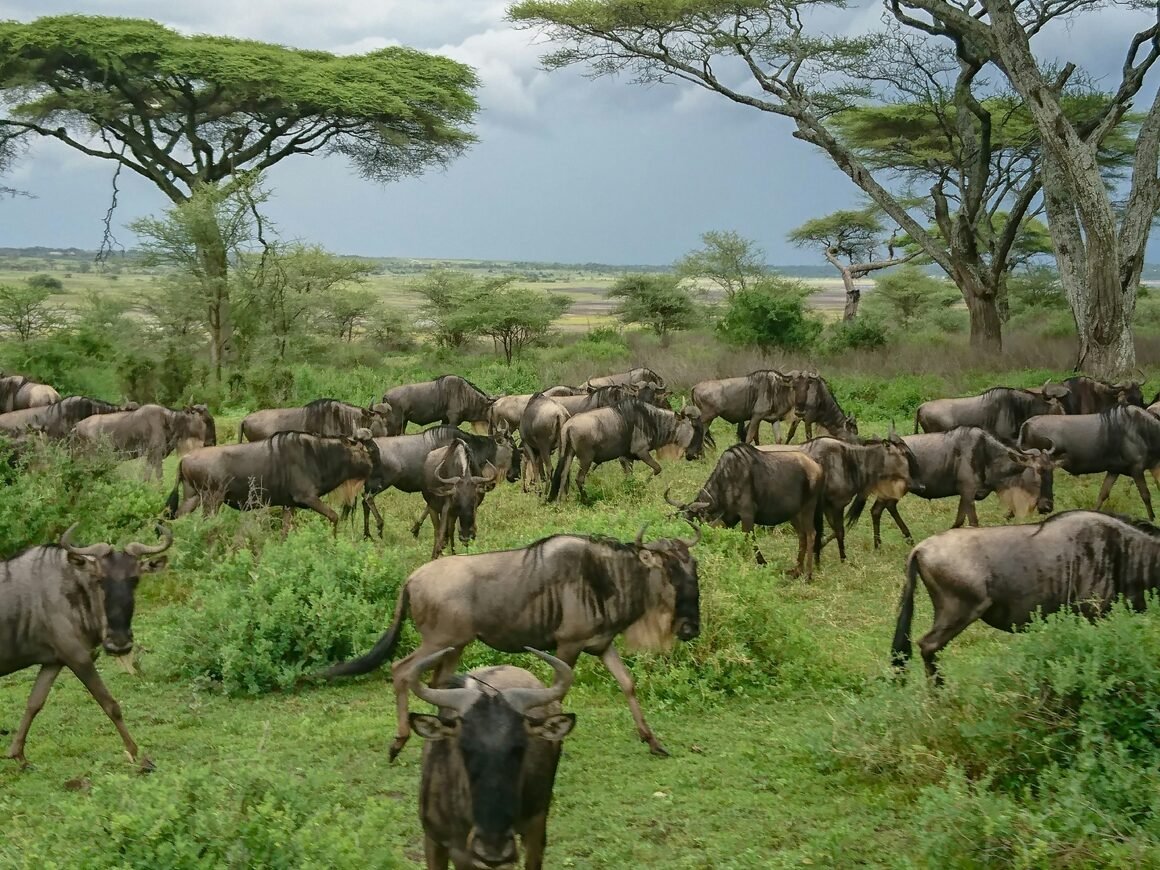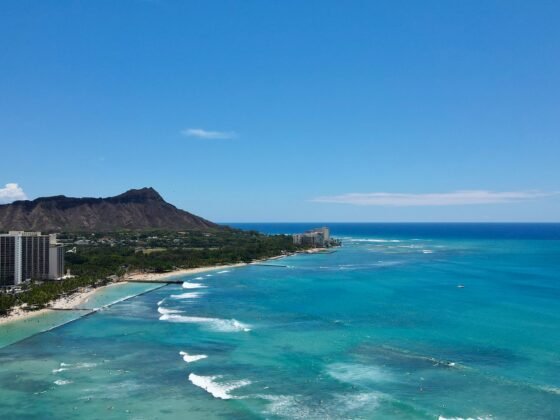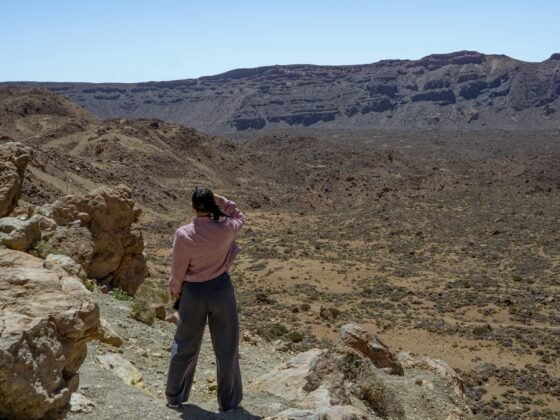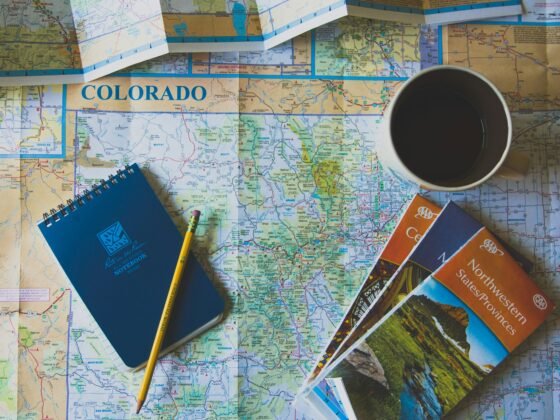Each year, 1.5 million wildebeest, as well as zebras and gazelles, migrate from the Tanzanian Serengeti to Kenya’s Masai Mara looking for new food. The Great Migration of wildebeest in the Serengeti is considered a grand spectacle set in nature. The way living things deal with struggles to survive has caught the interest of people from all parts of the world.
If you wish to visit the Great Migration, this guide shows you when to go, as well as the best ways to enjoy your safari.
Enjoy the Great Wildebeest Migration in Serengeti with our guide:
The wildebeest migration happens continuously as the animals seek water and new grass. It takes the beasts along a 1,800-mile stretch, passing savannas, thick woodlands, and plains with volcanic pasts. Due to the migration, lions, crocodiles, and cheetahs are drawn to the vicinity, making this a great place to observe an incredible range of animals.
When Should I Go to See the Great Wildebeest Migration?
When to look at the Serengeti Great Wildebeest Migration depends on which stage of the migration you intend to view. Do you plan to see the fascinating river crossings, the cute baby animals being born, or the huge groups journeying across the land?
In this chart, you will find detailed information about animal migrations throughout the year.
A Look at the Calendar for the Great Wildebeest Migration
January and February are the months when animals give birth:
In the southern Serengeti and the Ngorongoro Conservation Area, moist quick grass offers grazing for the herds. Around this time of year, it takes just a few weeks for 500,000 wildebeest calves to come into the world. During early summer, you see lions and hyenas being very active, and leopards are never far behind.
Highlights: Calving, predator encounters, excellent bird watching opportunities.
March: The move of the Army from the South to the West campaign.
Once the rains become gentler, you can find the herds traveling in a northwesterly direction around the central Serengeti. There are more migrations, and the scenery loses moisture, letting us know the next phase has arrived.
Positives: Migrating herds, a changing natural scene, and there are fewer tourists.
April – May: The Westward Expansion
Now is the time of year when the rainy season begins. A lot of animals start moving towards the Western Corridor of the Serengeti. While the ground may be muddy at this time, the thick vegetation is sure to please, and many safari lovers who seek quiet moments will enjoy it.
Very interesting: Gorgeous views, fewer people, plenty of green plants.
Around June, the animals at the Grumeti River Crossings:

As there is less water, the animals gather by the Grumeti River. While these river crossings are less well-known than those inside the Mara, they are no less thrilling. Groups of crocodiles watch from below as the herds jump over the wide river.
Key Points: Action in the river, individuals attacking, excellent viewing of many animals during dry times.
This period involves the greatest number of animals migrating near the Mara River in search of food and water.
This is when most people are amazed and drawn to the migration. Crossing the Mara River into Masai Mara, the wildebeest undertake past crocodiles, blue water, and face little risk for survival. This is the perfect time to witness some of the most famous animal migration sites.
Highlights: Legendary river crossings, peak safari season, stunning photography.
September – October: The Transition South
The herds remain in the northern Serengeti and Masai Mara but begin moving slowly southward. This period offers a mix of calm and movement as the wildebeest prepare for the return journey.
Highlights: Balanced safari experience, fewer crowds, extended game drives.
November – December: The Return South
Light rains return to the southern plains, and the herds begin moving back toward Serengeti National Park. This transition brings them complete circle, putting the degree for the calving season all over again.
Highlights: Great time to combine Serengeti with Ngorongoro Conservation Area visits.
Why Do the Wildebeest Migrate? Wildebeest Facts and the Role of Rainfall
The migration is driven by the seasonal pattern of rainfall and the resulting growth of grass. Wildebeest, along with zebras and gazelles, rely on nutrient-rich grazing to sustain their herds. As the dry season progresses, they follow the rain — a journey not only for survival but also for reproduction and regeneration.
Fun fact: Wildebeest have strong herding instincts and can detect rainfall from over 50 kilometers away. Their motion allows for clear fertilization of the soil and keeps the atmosphere wholesome.
Great Migration Safari Holidays: Where to stay for a great stay in Tanzania
Choosing the right accommodation is key to catching the migration at the right place and time. Options include:
- Mobile tented camps that follow the herds (like Serian, Lemala, or & Beyond mobile camps)
- Camps near the Grumeti or Mara Rivers for the river crossings
- Properties near the Ngorongoro Conservation Area during calving season
- A well-planned safari can be arranged by consultant experts and local guides according to your wishes.
Why the Serengeti Ecosystem Depends on the Migration
The migration of the wildebeest is important for the whole ecosystem in the Serengeti. When herds move, they eat, add fertilizer, and reduce the grass, supporting both plants and animals in nature. They contribute to the well-being of many creatures, starting with insects and ending with the biggest predators.
The migration is important for keeping the ecosystem full of life and diversity. The occurrence of the annual journey leads to more biodiversity, stability, and new growth in the area.
Conclusion
No wonder the Serengeti Great Wildebeest Migration is known as the world’s greatest natural show, showing how all living things in nature can coexist. Month after month, the action and drama in the wild vary, from racing across rivers to the gentle calving season.
You could be interested in spotting predators, marveling at herds of animals, or simply observing birds in nature—all of which is available in the Serengeti National Park, the Ngorongoro Conservation Area, and even at the Masai Mara in Kenya.
Prepare your trip, have an experienced guide, and let the ruggedness of the land bring you to the most memorable destinations.
Images: Unsplash, Jorge Tung












